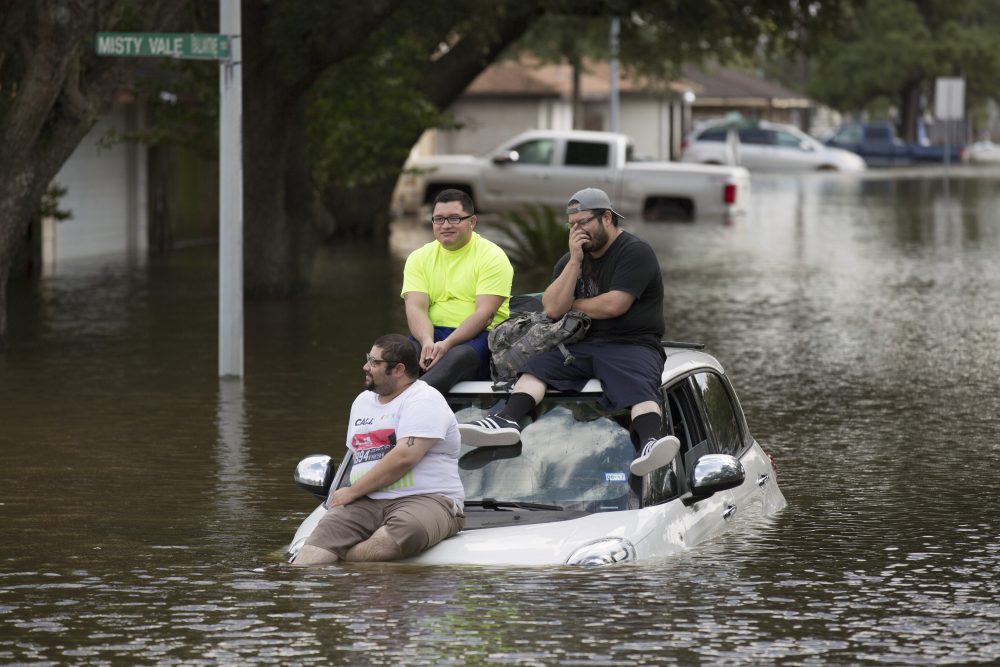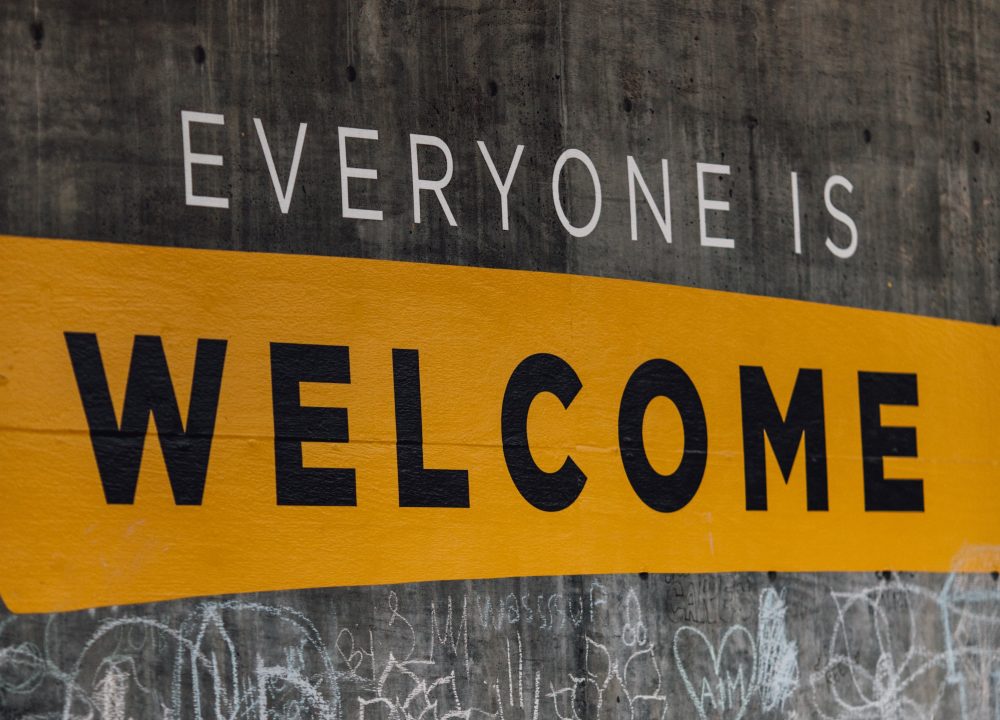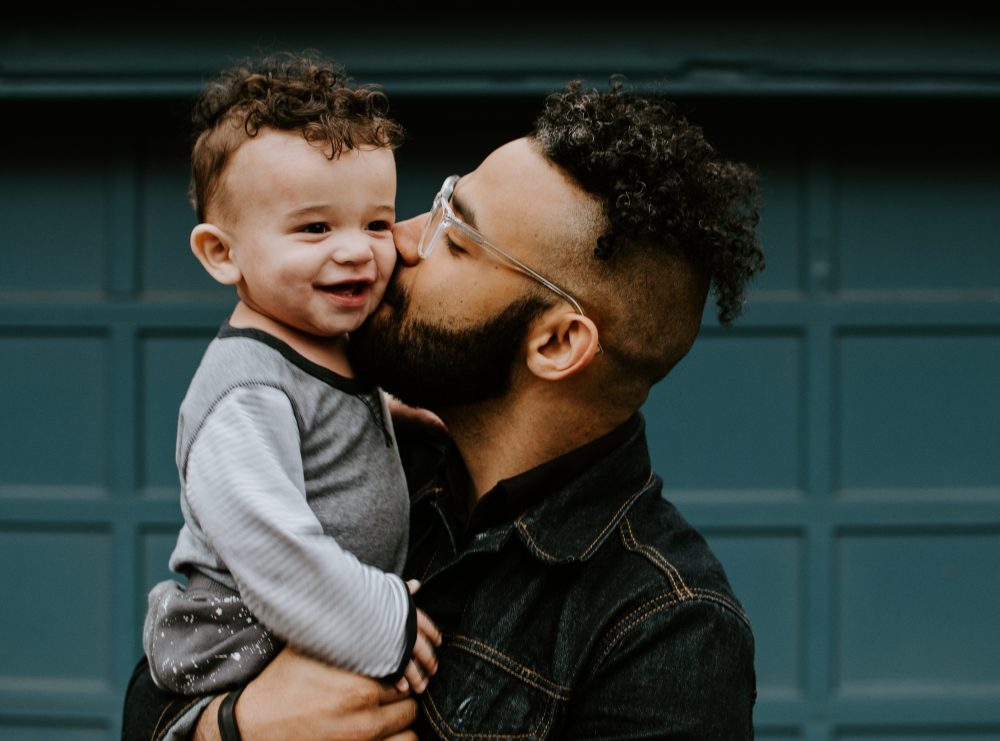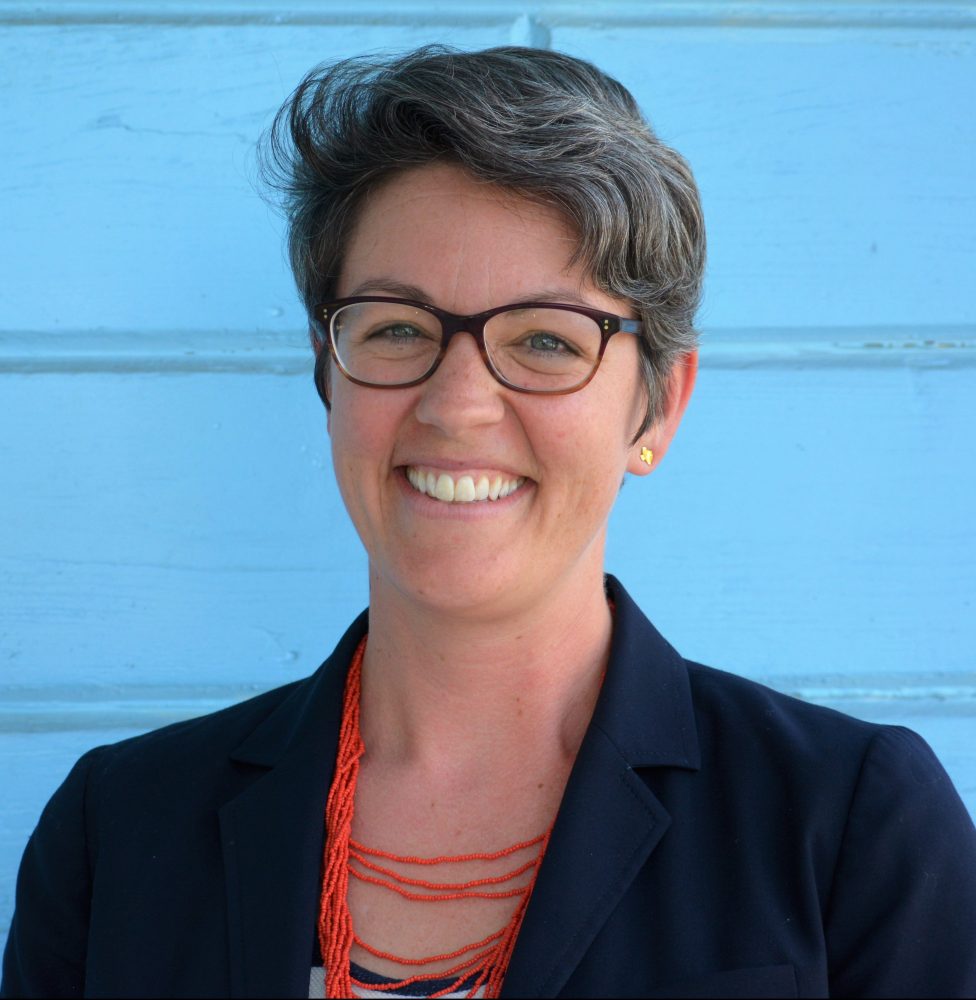Holding Space for a Critical Conversation: Immigration and Disaster Management
Like many nonprofit leaders in Houston, I assumed we didn’t have a significant role to play when Hurricane Harvey struck our region in Aug. 2017. The Houston Immigration Legal Services Collaborative (HILSC) is a member-based collaborative made up of organizations and funders working together to improve legal and social services for immigrants. We are not a direct […]

Like many nonprofit leaders in Houston, I assumed we didn’t have a significant role to play when Hurricane Harvey struck our region in Aug. 2017. The Houston Immigration Legal Services Collaborative (HILSC) is a member-based collaborative made up of organizations and funders working together to improve legal and social services for immigrants. We are not a direct services organization, have no clients and work on a “systems” level in our decision-making and programmatic approach.
Within 24 hours of the storm, with water levels still rising, our listserv (used by about 400 nonprofit staff) started to blow up with questions that case workers and attorneys were getting from clients. Where is it safe for clients to seek shelter? Who can organize a rescue for folks in wheelchairs? Who needs diapers, formula, baby clothes? Does anyone know if the immigration court is open? Do our clients need to make their ICE check-ins? A handful of us without water in our homes gathered at the ACLU of Texas’ office for a work session to figure out how our community could be responding more strategically – focusing on getting good information out about the specific needs of immigrants.
The questions continued to come in through our Immigrant Rights Hotline and direct services providers. Is it safe for me to go to a shelter or get services from a nonprofit or food bank if I am undocumented? My loved one is in a detention center and I don’t know if they’re okay…how can I find out if they are safe? How can I find out when my immigration court appointment will be rescheduled? Will I be deported if I miss a court date? I lost my green card when my home flooded…what do I do if I’m pulled over by police? Do I qualify for FEMA benefits? Will accepting FEMA benefits affect my immigration status or my immigration application? What are the consequences of sharing the identity of my family members and myself with FEMA? Most chilling were questions from asylum-seeking women who must wear an ankle monitor while they await their day in court – Could they be deported if they couldn’t charge their electronic shackle because their home was flooding and without power?
Over the course of the next three weeks, HILSC created a Harvey FAQ to answer these questions and get reliable information into the hands of organizations working on the ground through the Immigrant Rights Hotline and at Univision phone banks. With the help of Houston Volunteer Lawyers, we deployed immigration attorneys to the two largest emergency shelters – George R. Brown Convention Center & NRG Center – to give consultations to immigrants seeking emergency shelter and had questions and concerns about exposing themselves to potential deportation if they sought long-term relief.
It didn’t take long before I was completely convinced that HILSC had a critical role to play in disaster response – there were significant gaps in knowledge about the intersection between immigration status and disaster relief. One of the most apparent ways this intersection manifests is in the eligibility requirements for FEMA benefits. Only “qualified aliens” are eligible for FEMA benefits, which includes naturalized citizens, legal permanent residents, those who have been granted asylum or admitted as a refugee, individuals who have been victims of domestic violence and others. Excluded from eligibility however are individuals with Temporary Protected Status, DACA, a non-immigrant visa (such as work, student or travel visa) or a pending asylum application. In our region, these categories alone account for approximately 170,000 people; more than 500,000 individuals are undocumented. It has been well documented that immigrants have been disproportionately impacted by Harvey.
Media coverage helped shine a light on the particular vulnerabilities of immigrants in Harvey, exacerbated by a wind-down of the Deferred Action for Childhood Arrivals (DACA) program and the implementation of Texas’ virulently anti-immigrant state law – SB4. Perhaps the single most effective anti-immigrant policy has been the looming threat of a major change in regulations that are technically called “public charge,” but are functionally a wealth test for immigrants. The “chilling effects” of these policy changes have been well documented and we know that these policies have contributed to families going without medical care and disaster relief.
Some funders recognized this as well and I soon began fielding calls from foundations around the country concerned about how recovery resources were going to reach immigrants, particularly undocumented and mixed-status families. A month after Harvey, we established the Harvey Relief for Immigrants Fund. Our partners at the Greater Houston Community Foundation (of which we are a “supporting organization”) directed funders committed to this population our way. The Center for Disaster Philanthropy (CDP) was one of the organizations most committed to ensuring equity in its Harvey relief work by supporting immigrant families.
Our efforts over the past two years have clearly demonstrated that we are holding space for a critical conversation and creating tools that are genuinely needed. We have invested in a Disaster Recovery Legal Corps (in partnership with CDP), cash assistance for mixed-status families and undocumented individuals, strategic advocacy for equitable disaster management (our Humanitarian Action Plan) and a suite of other programmatic efforts.
I welcome the opportunity to discuss the intersection between immigration and disaster relief with you. You can reach me at kate@houstonimmigration.org. And please join us for our upcoming webinar on September 12, Practical Matters: Tools for Supporting Immigrants in Disasters for a deep dive on our Immigrant Accessibility Index and other tools we have developed to help sharpen funders’ ability to support immigrants.
About HILSC
In 2013, local organizations working with immigrant communities came together to address the lack of legal services capacity in the Houston region. These early meetings eventually became the Houston Immigration Legal Services Collaborative (HILSC or the Collaborative). Collaborative stakeholders include non-profit legal services providers, outreach and advocacy organizations, the business community, law school legal clinics, public agencies, and private foundations. HILSC advocates for immigrant inclusion, equity, and justice by uniting and strengthening diverse allies, developing holistic immigration legal services, and supporting creative initiatives through principled, values-based collaboration. Kate Vickery is HILSC’s first executive director.
More like this

Addressing the Unique Needs of Immigrants Before, During and After Disaster

